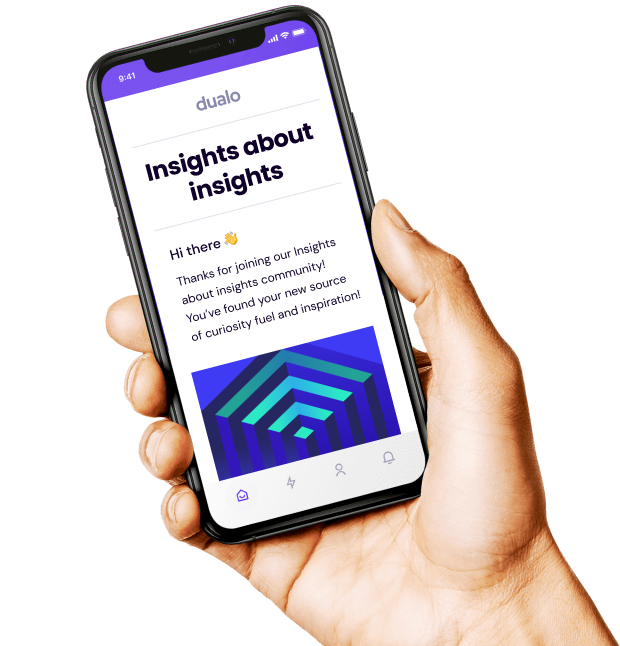Why are teams building centralised insight repositories?
Today’s high maturity teams are looking to make the key findings from user research more accessible for wider teams and stakeholders. But the foundations upon which knowledge is managed are as important as the knowledge itself.








.svg)

.jpeg)

.jpeg)
.jpeg)

